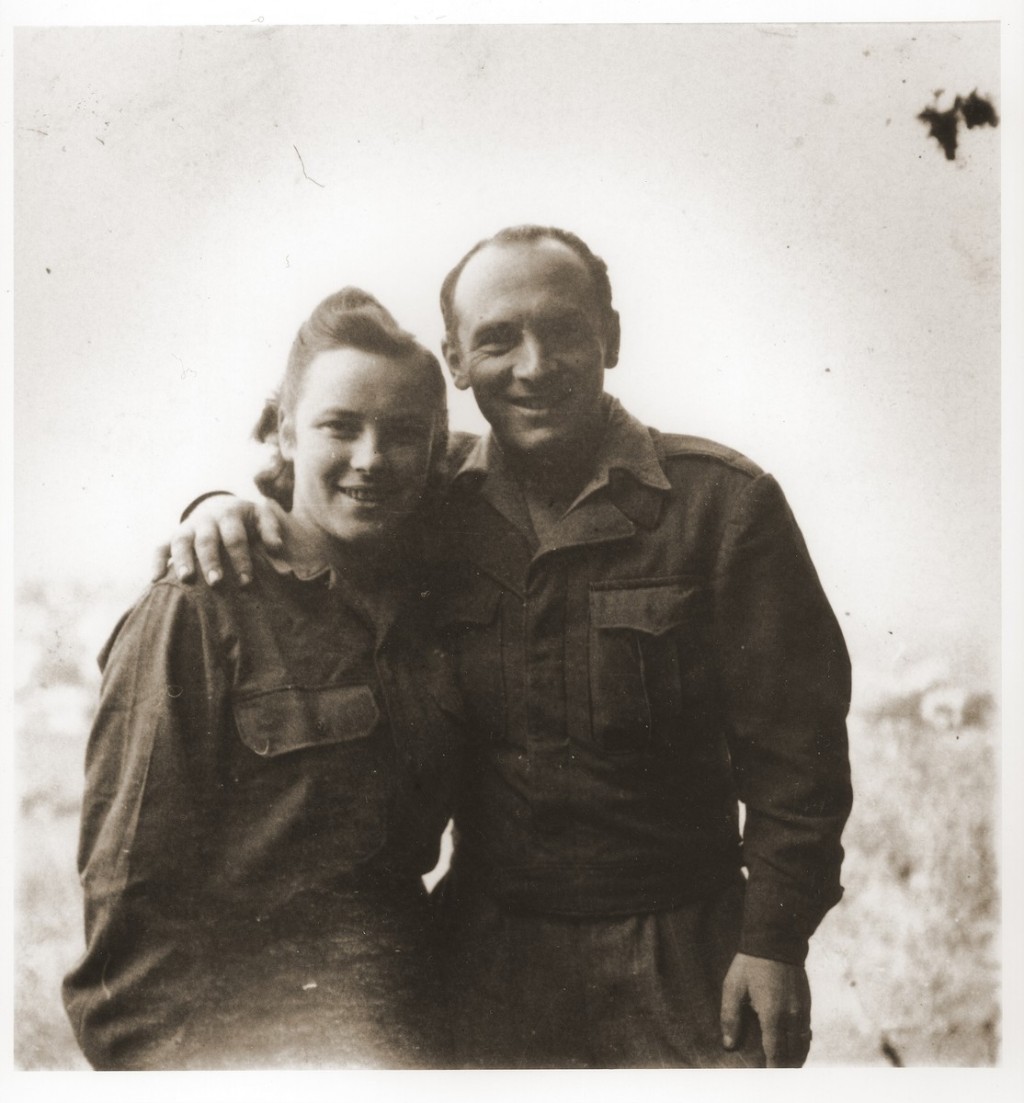
Santa Maria di Bagni Displaced Persons Camp
For the Jews who survived the Holocaust, the end of World War II brought new challenges. Many could not or would not return to their former homelands, and options for legal immigration were limited. In spite of these difficulties, these Jewish survivors sought to rebuild their shattered lives by creating flourishing communities in displaced persons camps in Germany, Austria, and Italy. In an unparalleled six-year period between 1945 and 1951, European Jewish life was reborn in camps such as Santa Maria di Bagni.
Background
The largest displaced persons (DP) camp in southern Italy, Santa Maria di Bagni housed 2,300 Jewish refugees at its peak in early 1946. The exclusively Jewish camp was dispersed over three sites in requisitioned villas in the fishing village of di Bagni. Like other DP camps in southern Italy, di Bagni received an influx of Jewish refugees after the UNRRA (United Nations Relief and Rehabilitation Administration) dissolved the illegal "Betar" group kibbutz and introduced a highly organized and politically active subpopulation into the camp. Di Bagni’s population rose from 771 in March 1945, to 2,277 by January 1946, making it the most influential of the southern Italian DP camps.
The camp served as the administrative center for many illicit Israeli immigration schemes. On April 11, 1946, the camp committee organized a 2,000-person hunger strike in protest of British limitations on immigration to Palestine. "It is the foundation of rights of humanity for everybody to have the possibility and the right to return home," the di Bagni committee wrote to British authorities. The camp committee disseminated information to DPs by posting a weekly World Bulletin, culled from American and British radio news, that was distributed among the four southern Italian camps.
Life in the Camp

With 258 children aged ten to eighteen in March 1946, Santa Maria di Bagni had a sizable youth population, and two schools were established in the camp. A semi-independent kefar ha-noar (youth village) hosted classes, sports, work, and lectures solely for youth, achieving remarkable progress despite a lack of supplies, books, and games. In addition, approximately 20 students attended nearby Italian schools.
Adult education at di Bagni included classes in Hebrew and English, as well as training in tailoring, cutting, and electrical science. The camp theater group performed "on a very high level," according to the Joint (The American Jewish Joint Distribution Committee), which praised the dramatic troupe as the model for other Italian DPs. The camp's "Macabi" sports team held several matches with Italian teams in nearby Lecce. A kosher kitchen accommodated the camp’s orthodox Jews, while the Joint supplemented the rations provided by the UNRRA and the IRO (International Refugee Organization) to make the refugees’ diets adequate.
Museum
Today, the town hosts The Museum of Memory and Welcome in honor of the some 150,000 Jews who passed through between 1943 and 1947. The museum houses town council archives, including witness reports, photographs and videos, and other material relating to the DP era. Visitors may also use the multimedia room and library.
Critical Thinking Questions
- What challenges did survivors face in the DP camps?
- What challenges did the Allies face in establishing and supervising DP camps?
- What responsibilities do (or should) other nations have regarding refugees from war and genocide?

